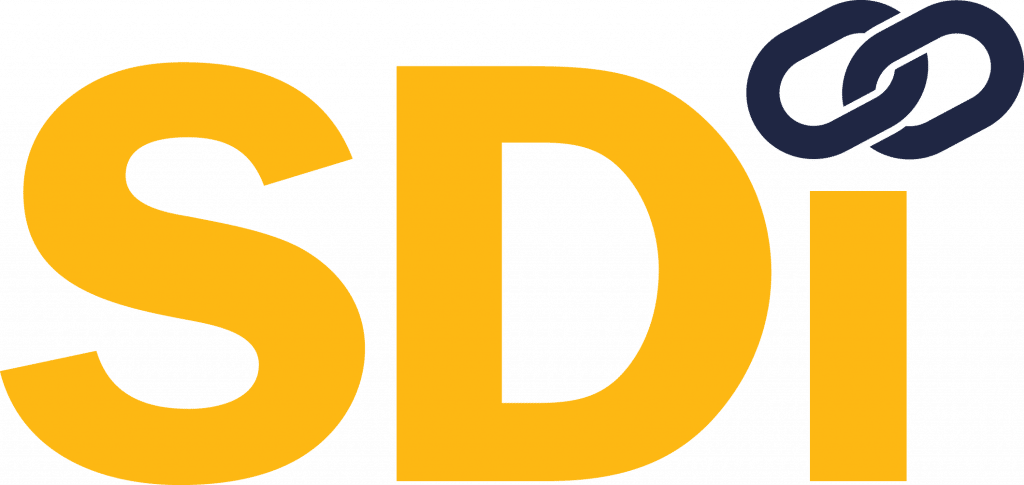In an increasingly complex and unpredictable business environment, organizations must take proactive steps to future-proof their Maintenance, Repair, and Operations (MRO) and indirect procurement strategies. Supply chain disruptions, inflationary pressures, and evolving technology are reshaping how businesses manage these critical functions. According to The Hackett Group’s 2024 Procurement Agenda and Key Issues Study, 81% of procurement leaders cite cost reduction as their top priority, while 60% are highly concerned about inflationary pressures impacting spend categories. Adopting best practices today can help companies build resilience, control costs, and drive operational efficiency in the long run.
At SDI, we specialize in helping organizations navigate these challenges through data-driven strategies, digital procurement solutions, and cooperative purchasing models that drive measurable cost savings and efficiency.
Key Strategies for Future-Proofing Procurement
1. Leverage Data-Driven Decision Making
Modern procurement strategies rely on data analytics to drive smarter decision-making. Organizations should track key performance indicators (KPIs) such as supplier reliability, lead times, inventory turnover, and cost per order. By analyzing these metrics, procurement teams can identify inefficiencies, optimize supplier relationships, and make informed purchasing decisions that reduce waste and improve overall performance. A study by The Hackett Group found that organizations improving spend visibility can reduce costs by up to 43%.
2. Optimize Inventory Management
Balancing inventory levels is a constant challenge in MRO and indirect procurement. Excess stock ties up capital, while stockouts disrupt operations. Implementing predictive analytics and just-in-time (JIT) inventory strategies can help organizations maintain optimal stock levels, reduce carrying costs, and minimize supply chain disruptions.
3. Embrace Centralized Procurement Models
Decentralized purchasing often leads to fragmented spend, inconsistent pricing, and compliance challenges. Shifting to a centralized procurement model helps standardize processes, consolidate suppliers, and leverage volume discounts.
4. Integrate Digital Procurement Tools
Technology is transforming procurement with e-commerce platforms, automated purchasing workflows, and AI-driven insights. Digital tools streamline purchasing, improve spend visibility, and enhance supplier collaboration. Investing in an integrated procurement platform can simplify the buying process and reduce administrative burdens, freeing up procurement teams to focus on strategic initiatives.
5. Strengthen Supplier Relationships and Diversification
Relying on a single supplier or a limited network can create vulnerabilities, especially during supply chain disruptions. Organizations should cultivate strong supplier relationships while diversifying their supplier base. Regular supplier performance evaluations and risk assessments ensure procurement teams can quickly pivot when needed, reducing dependency on any single source.
The Power of Cooperative Purchasing
For organizations looking to take their procurement strategy to the next level, cooperative purchasing offers a compelling advantage. SDI’s Cooperative Purchasing solution allows companies to tap into collective buying power, access pre-negotiated contracts with trusted suppliers, and streamline the procurement process. This model reduces costs, increases supply chain resilience, and simplifies supplier management—allowing businesses to focus on their core operations rather than procurement headaches.
Given the rising cost pressures and procurement complexities outlined in The Hackett Group study, cooperative purchasing provides an opportunity to reduce inefficiencies, increase savings, and improve compliance.
Want to take the next step? Discover how SDI’s Cooperative Purchasing model can help you maximize value while minimizing risk. Let’s connect and explore a smarter way to manage MRO and indirect procurement.





